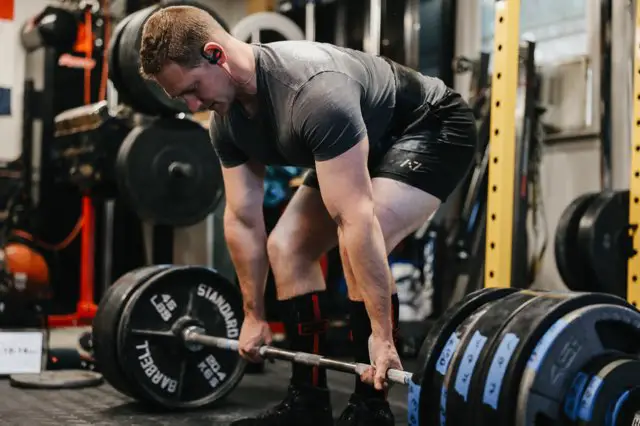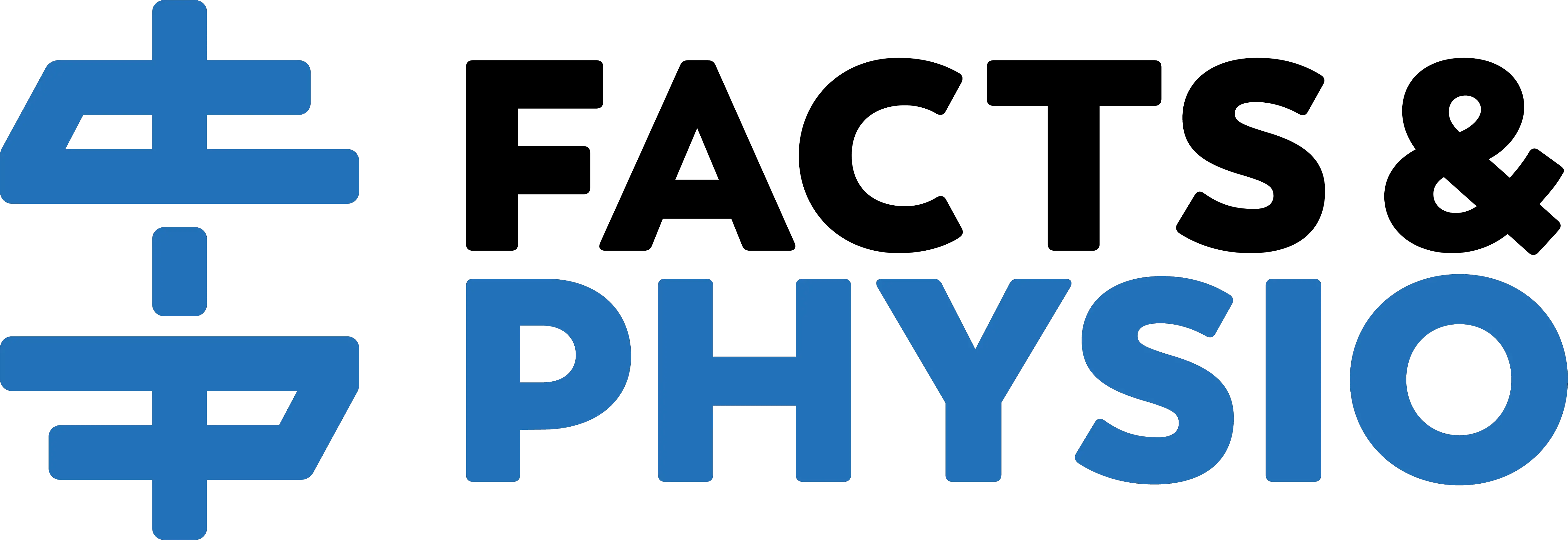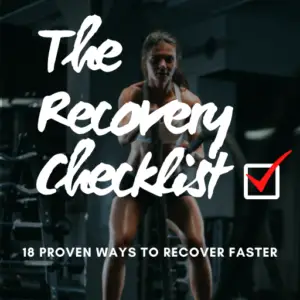Your spine is not symmetrical. Neither is mine.
Scoliosis is normal.
Why? Because the heart sits on the left side of your thoracic cavity. Subsequently, the thoracic spine develops a slight curve to the right, away from the heart and aorta (Tallroth 2009).
Perfect spinal alignment is not the key to pain relief. Humans are asymmetrical, whether we endure debilitating pain or feel 100% healthy.
Yet many clinicians – doctors, PTs, chiropractors – attribute pain (and other ailments) to spinal asymmetry.
Let’s take a close look at the “spinal alignment” theory.
Spinal Alignment Theory
A spine that’s “out of alignment” disrupts normal nervous system function and causes pain, according to chiropractic and osteopathic schools of thought. Small “subluxations” at the spinal joints purportedly cause pain and require hands-on treatment for correction.

Many medical, physical therapy and chiropractic schools teach these concepts, including my own PT school. These schools also teach treatment interventions to “realign” the spine and correct asymmetries.
Corrective interventions include hands-on treatments like joint mobilization, contract-relax techniques and spinal manipulation. These manual therapy techniques may offer fast pain relief, even if the theory behind them is flawed.
The Problems
Here are a few issues with the spinal alignment theory:
Problem 1 is that pain and asymmetry are not closely correlated. At most, there is a weak relationship between pain and spinal symmetry (Lederman 2011).
I alluded to Problem 2 in the introduction – asymmetry is normal and ubiquitous. About 95% of college athletes have misaligned hips and leg length differences, according to a study of pain-free student-athletes (Krawiec 2003).
Problem 3, clinicians can’t reliably palpate spinal asymmetries, even if they were relevant (Stovall 2010).
Furthermore, actual spine abnormalities (arthritis, disc herniation, degenerative disc disease) don’t correlate closely with pain – Problem 4. Hence why I contend that bulging discs are no big deal (usually).
Problem 5 is that “spinal alignment theory” instills negative beliefs. This theory implies that the spine is fragile and easily injured (it isn’t). It also promotes reliance upon a clinician for pain relief.
Treating your back 3-days-a-week indefinitely is a great business model for your therapist. It also defies back pain treatment guidelines (George 2021).
If the “spinal alignment theory” has so many problems, why do the treatments work?
“It Makes Me Feel Better”
Manual therapy techniques are the treatment of choice for “re-aligning” hips and spines. And manual therapy works.
Research offers solid support for manual therapy – earning it a “B+” grade in the Facts & Physio physical therapy treatment rankings.

Joint mobilization and spinal manipulation treatments ease pain, reduce muscle tone and increase motion. Manual therapy creates change via the nervous system and impacts many physiological pathways (Lima 2020).
However, it’s doubtful that manual therapy re-positions or re-aligns anything in a meaningful way.
And even if spinal manipulation did align your spine perfectly, how long can it stay aligned with asymmetrical activities like flushing the toilet, brushing your teeth and reaching into the back of the freezer for the last ice cream bar?
When Asymmetry Matters
Here’s when asymmetry actually matters:
1. Acute Spine Deformity
It’s a problem if you just hurt your back and stand crooked, or literally can’t stand up straight.
This issue is usually solvable with the right McKenzie exercises, so find a clinician trained in the McKenzie Method, also known as Mechanical Diagnosis and Therapy (MDT).
2. Severe Scoliosis
Pediatricians screen for scoliosis in adolescents. In rare cases, severe scoliosis warrants surgery. But mild scoliosis is normal and unrelated to pain.
3. Significant Strength Imbalances
“Muscle imbalance” is a nebulous term that means 10 different things to 10 different clinicians. In this case, significant weakness on one side of the body can cause pain because it overloads the opposite side.
A Balanced Approach
There’s nothing wrong with getting hands-on treatment for pain relief. But if manual therapy is the only treatment, particularly with the intent of fixing a spinal alignment problem, your rehab program is lacking.
Spine pain recovers fastest with active treatment. Not just passive strategies.
I overcame chronic pain with active treatments (done by me). The passive treatments (done to me) – ice, heat, electrical stimulation, traction, passive stretching – didn’t help.

In my case, I got relief from McKenzie exercises and deadlifts for low back pain.
Do This to Fix Asymmetries
As a powerlifter, I love training heavy compound strength exercises like the squat, bench press and deadlift. But the best way to fix strength asymmetries is to incorporate unilateral strength training as well.

Single arm and single leg exercises promote muscle symmetry and reduce weakness-related injury risk.
Readers: What are your thoughts on the relationship between spinal alignment and pain? Have you gotten spinal adjustments or manipulation? How was your experience?
For more evidence-based health tips, join the free Facts & Physio Newsletter. Plus, get The Recovery Checklist when you sign up.


1 thought on “Spinal Alignment: 5 Problems with This Popular Theory”
Over time and after being treated by Dr.Forsythe, I have found that regular exercise along with chiropractic care as a combination do help me..
I also love aquatics which in my vintaged years is helping me do more than I can now do on land. I find relief from arthritis pain in my work in reflexology. Thank you for all
you do to help all you listen and try out what works for them.